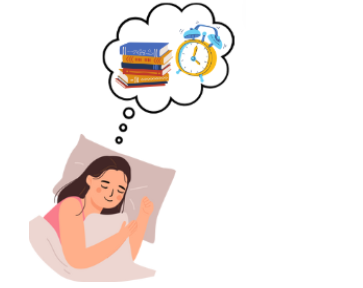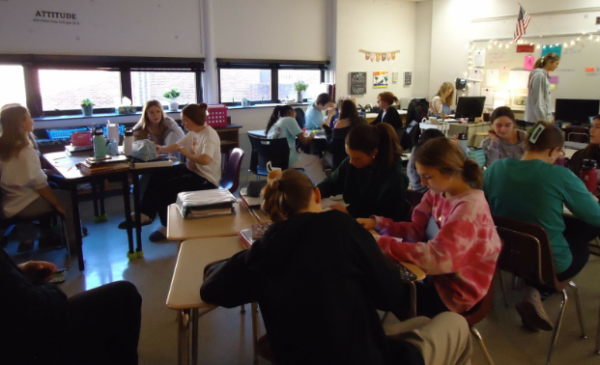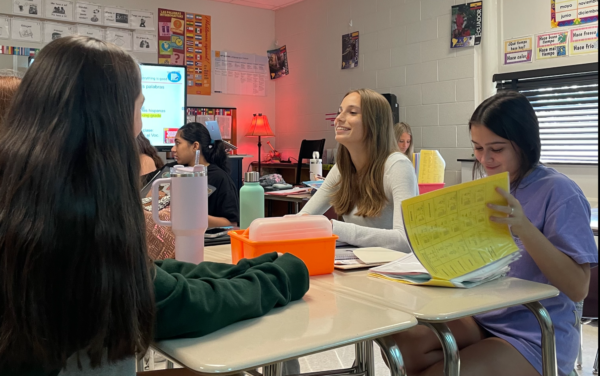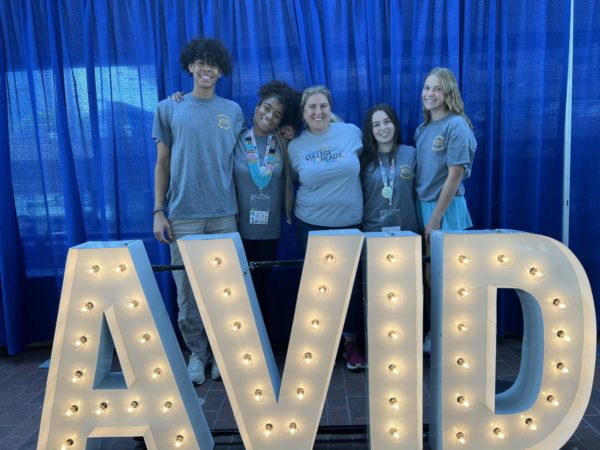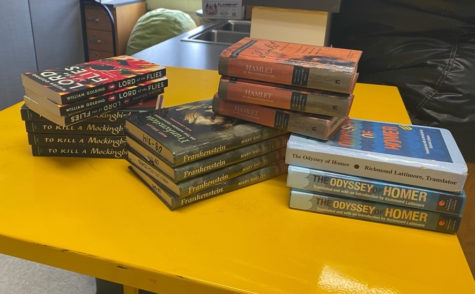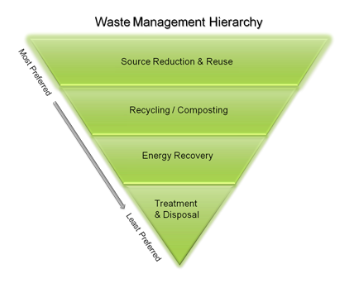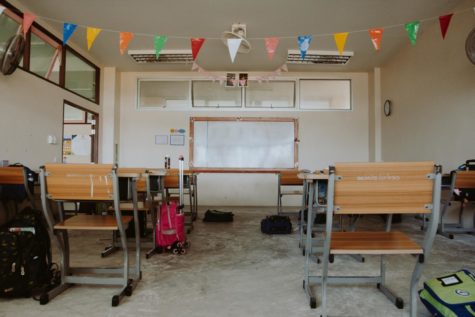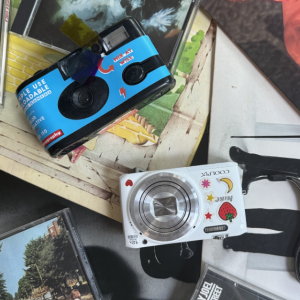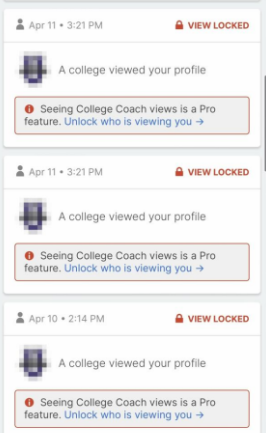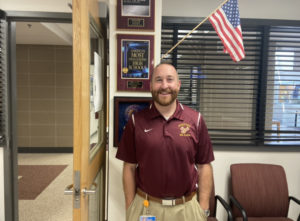‘I don’t think anyone really reads anymore’: Reading continually decreases for teens
Literary classics appear in classrooms across the school. Students criticized these books for their dated language and complex themes.
March 21, 2023
The month of march is National Reading Month, yet no one seems to read anymore. Students are already occupied by school-issued books and social media; kids don’t find reading a viable past time.
English curriculum aids fall of reading
Students in the past decade have had a noticeable decline in reading tendencies. According to the PEW Research Center, the number of 9 to 13-year-old leisure readers has dropped drastically, having the lowest levels since the mid 1980’s. Part of this issue can be attributed to the books in the English class curriculum. With students not getting a say in the books they’re assigned, a stigma against reading can grow in young minds and steer kids away from reading for fun.
In 9-year-olds, 42% say they read for fun every day. According to the PEW Research Center, once kids get to the age of 13 that percentage drops to 17%. As students progress through the English curriculum, more and more books become required reading and students become stuck in the lull of reading only what is assigned. Limiting kids to a select few books can discourage students from experimenting with reading and discovering that they truly enjoy the pastime.
With students, in-class reading should be viewed as something that is done in class, not a standard to what reading must look like; there is a difference. Typically, books within the English curriculum are assigned for literary significance or skill, because of this, the books assigned may seem boring. Allowing choice can spark readers’ interest. If students get somewhat of a say in what is read either within the standards of the curriculum or as an outside reading book, young readers get to explore the world of literature and discover that reading can be truly interesting. In AP Literature, students are allowed to pick the books they read for their independent reading assignment. Ms. Jennifer Houseknecht, library media specialist, resides in the library during the day and notes the activity.
“It is really important for students to understand that there’s a big difference between reading for curricular needs versus reading for leisure,” Houseknecht said.
Houseknecht logged 11,253 students to enter the library but only 813 books have circulated.
Social media takes over teens’ free time
The steady decline in recreational reading as children grow older has often been attributed to their introduction to social media. According to the Millennium Cohort Study, when interviewing children born in the year 2000 at ages 9 months, 3, 5, 7, 11, and 14, it was discovered that by their teenage years, children were more likely to avoid homework or reading books in favor of social media and video games.
“I don’t think anyone really reads anymore,” Drew Ferguson (’26), both an avid reader and social media user, commented when questioned on her classmate’s reading habits.
It’s natural that with the growing popularity of a media system designed to capture kids’ attention with colorful graphics and short bursts of stimulation, rates of a more old-fashioned pastime like reading would decline, yet critics are beginning to point to the long-term effects of social media as subject for concern; shortened attention-span, heightened anxiety, and depression are all possible consequences to overusing social media. Ironically, some are beginning to look toward reading as a method of alleviating some of the negative effects.
“I think more people should read, especially now; people struggle a lot with anxiety, and I think it [reading] could help,” Ferguson said.
Short attention-spans of students seems to impact the rates of pleasure-driven reading the most. In a survey conducted by Western Washington University, it revealed that most participating students felt that their reading habits had been negatively affected by their social media use. With additional questioning, it was found that there was a direct correlation between hours spent using social media and distraction while reading.
With students continuing to ditch the books for a screen, bookworms everywhere wonder how long it will be before reading recreationally becomes altogether abandoned.
To encourage reading, Baltimore County Libraries host a “Battle of the Books” where students read Black Eyed Susan winning books, perform art related to the book, and reflect on the text. In the past, the contest was only available to elementary and middle school students, but it is now at Hereford High. Two of Hereford’s students are competing this year. If chosen as the winner students would receive a $50 visa gift card and the title of the “Battle of the Books” champion.


